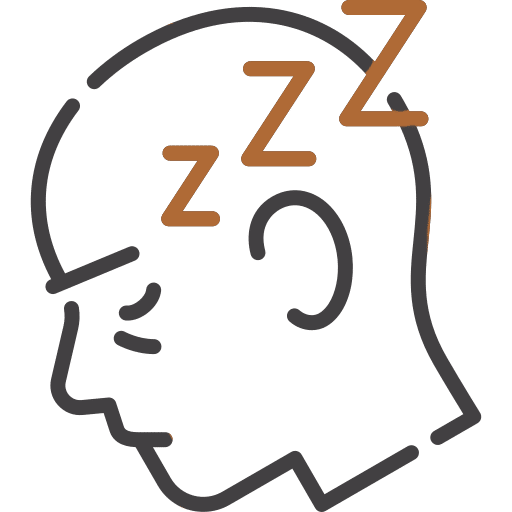In our fast-paced world, where stress and anxiety seem to be constant companions, many people turn to medications like Xanax to find relief and calm their restless minds. Xanax, also known by its generic name alprazolam, is a commonly prescribed medication belonging to the benzodiazepine family. It is widely used to manage anxiety disorders and panic attacks due to its quick and potent calming effects.










